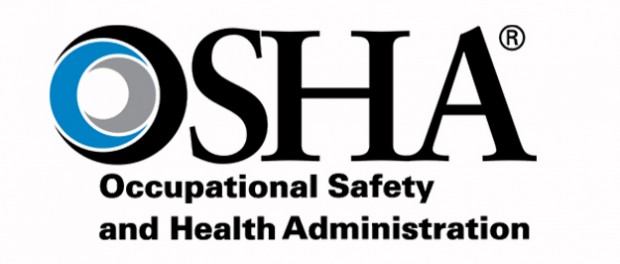ConDig (28-Jun-17). The Occupational Safety and Health Administration (OSHA) has further delayed the implementation of the proposed electronic record keeping rule in order to carry out a further review of the policy.
The agency said that the compliance date, which was set for July 1, has now been pushed back to December 1 this year.
The delay will allow OSHA to undertake an additional review into questions of law and policy and will also allow the agency to provide employers the same four-month window for submitting data that the original rule would have provided.
Last month, OSHA pushed back the filing deadline for the electronic record keeping rule in order to give employers more time to comply.
Under the new rule titled “Improve Tracking of Workplace Injuries and Illnesses,”, employers with more than 10 employees are required to keep a record of serious work-related injuries and illnesses and log them with OSHA.
The records must be maintained at the worksite for at least five years and the agency had planned to publicize the information on its website. The rule also prohibits employers from retaliating against workers for reporting injuries or illnesses.
But the new requirements have been slammed by certain industry leaders and The National Association of Home Builders — along with Oklahoma State Homebuilders Association, the State Chamber of Oklahoma, US Chamber of Commerce and National Chicken Council — launched a lawsuit in January amid claims it exceeds OSHA’s statutory authority and have an adverse impact one workplace safety and health.
Last week, OSHA announced that it had modified its recent beryllium standards for the construction and shipyard sectors following concerns from leaders of the two industries had not been fully consulted on the new policy.
Under the revision, OSHA said that requirements like medical surveillance, housekeeping and providing personal protective equipment would be scrapped for construction and shipyards.
But the proposal for shipyards and construction will maintain exposure limits to beryllium dust at 0.2 micrograms per cubic meter of air.
The current standard kicked in on May 20, with compliance requirements expected to roll out between March next year and March 2020.
